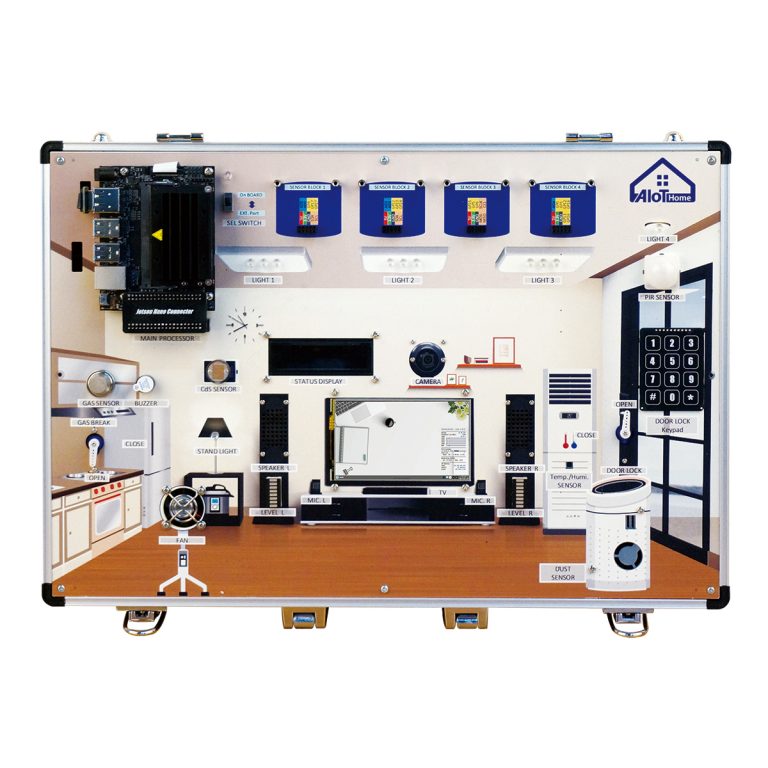Introduction:
Configuration and Practice Environment of AIoT Home
Python and Linux 101
IoT Application Technology
Sensor Control:
File and DB-Based Data Persistence
Audio Recording and Playback
Google Text-to-Speech Converter
Google Assistant and User Device Actions
Camera and Sensor Applications.
AI Technology:
Numpy for Fast Multidimensional Matrix Operations
Pandas for Time Series and Tabular Data Analysis
Matplotlib for Data Visualization
Supervised and Unsupervised Learning
Theory & Practice for Pop.AI-based Linear and Logistic Regression Algorithm
Theory & Practice for Pop.AI-based Perceptron
Theory & Practice for Pop.AI-based ANN, DNN, and CNN
Theory & Practice for Pop.AI & OpenAI DQN-based Reinforcement Learning
Understanding Tensorflow


